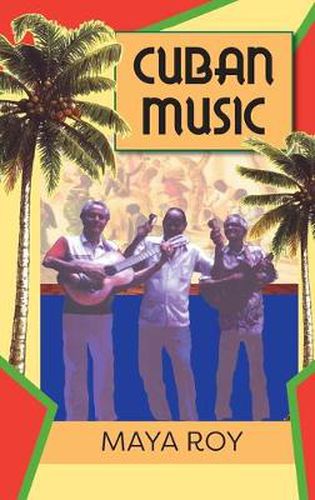Cuban Music
Maya Roy

Cuban Music
Maya Roy
This title is printed to order. This book may have been self-published. If so, we cannot guarantee the quality of the content. In the main most books will have gone through the editing process however some may not. We therefore suggest that you be aware of this before ordering this book. If in doubt check either the author or publisher’s details as we are unable to accept any returns unless they are faulty. Please contact us if you have any questions.
Native Americans supplied the maracas, African slaves brought drums and ritual music, and Spaniards brought guitars, brass instruments, and clarinets along with European ballroom dancing. The advent of blues and jazz gave new forms to styles of songs, notably feeling songs, which joined the more traditional styles of trova and bolero. Cuban culture represents a convergence of these diverse backgrounds, and the musical heritage presented in this book reflects these traditions as well. In colonial times, African ritual sounds mixed with Catholic liturgies and brass bands of the Spanish military academies. Ballroom dances, including French music from Haiti popular in 18th-century Havana society, existed side by side with the cabildos (guilds and carnival clubs) and the plantations. The son, considered the expression of Cuban musical identity, had its origins in a rural setting in which African slaves and small farmers from Andalusia worked and played music together, developing many variations over the years, including big band music. Cuban music is now experiencing a major renaissance, and is enjoyed throughout the world.
This item is not currently in-stock. It can be ordered online and is expected to ship in 7-14 days
Our stock data is updated periodically, and availability may change throughout the day for in-demand items. Please call the relevant shop for the most current stock information. Prices are subject to change without notice.
Sign in or become a Readings Member to add this title to a wishlist.


